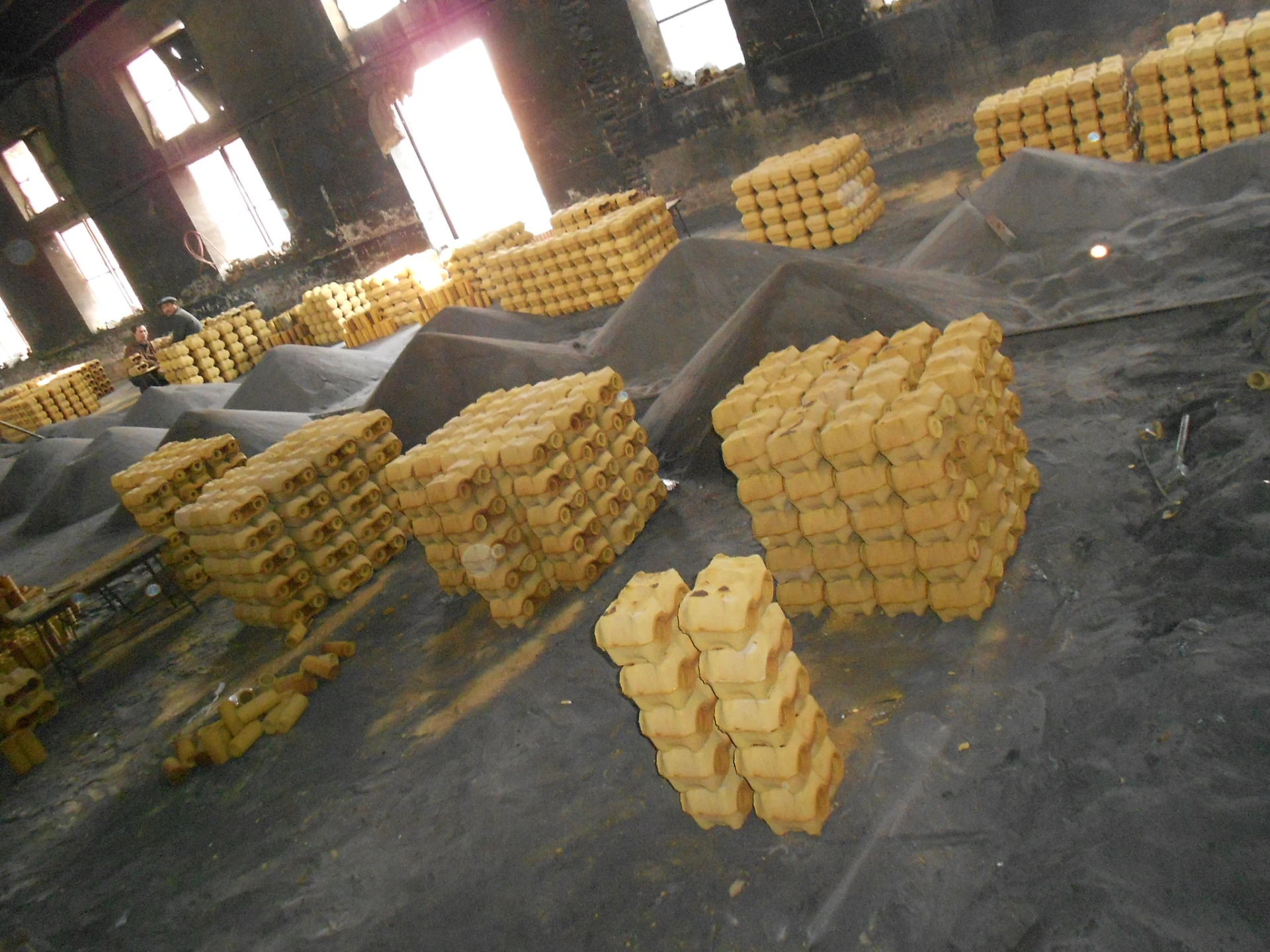Mobile:+86-311-808-126-83
Email:info@ydcastings.com
stainless steel casting parts
Understanding Stainless Steel Casting Parts
Stainless steel casting parts play a vital role in various industries due to their exceptional properties and versatile applications. Known for their corrosion resistance, durability, and strength, these components are integral in sectors such as automotive, aerospace, medical, and food processing.
Stainless steel casting involves pouring molten stainless steel into a mold to form specific shapes and sizes. This process can produce highly complex geometries that might be difficult or impossible to achieve through traditional machining methods. The casting method allows for more intricate designs, reduced material waste, and significant cost savings, making it an attractive option for manufacturers.
One of the key advantages of stainless steel is its resistance to corrosion. The presence of chromium in stainless steel creates a passive layer that protects the metal from rust and degradation. This feature makes stainless steel casting parts ideal for environments exposed to moisture, heat, and harsh chemicals. For instance, in the food processing industry, these parts are essential for ensuring hygiene and compliance with stringent regulations, as they can withstand cleaning agents and are easy to maintain.
stainless steel casting parts

Additionally, stainless steel casting parts offer impressive mechanical properties, including high tensile strength and fatigue resistance. This durability is crucial in industries where components must endure heavy loads and constant wear and tear, such as in machinery and equipment. The ability of stainless steel to maintain its integrity under various conditions ensures long-lasting performance, reducing the need for frequent replacements.
In terms of sustainability, stainless steel is a recyclable material, contributing to environmental conservation efforts. Manufacturers are increasingly focusing on sustainable practices, and using stainless steel casting aligns with these goals. The ability to recycle stainless steel reduces the demand for raw materials and minimizes waste, promoting a circular economy.
Moreover, advancements in casting technologies, such as investment casting and sand casting, have further enhanced the quality and precision of stainless steel parts. These techniques allow for tighter tolerances and better surface finishes, meeting the strict requirements of modern engineering and design.
In summary, stainless steel casting parts are indispensable in a wide range of applications, thanks to their unique blend of corrosion resistance, mechanical strength, and design flexibility. As industries continue to evolve, the demand for high-quality stainless steel components will remain strong, driving technological innovations in casting processes. Emphasizing sustainability and precision, manufacturers are well-positioned to meet the future needs of various markets while delivering reliable and efficient products.
-
Impeller Technology That Powers Precision in Pump SystemsNewsMay.22,2025
-
Valve Durability Begins with Quality Cast Iron ComponentsNewsMay.22,2025
-
Performance Cooling with Advanced Automobile Water Pump SolutionsNewsMay.22,2025
-
How Motor Housing and Oil Pans Shape Engine PerformanceNewsMay.22,2025
-
How Metal Castings Drive Modern Manufacturing EfficiencyNewsMay.22,2025
-
Exploring the Engineering Behind Valve Body CastingsNewsMay.22,2025











